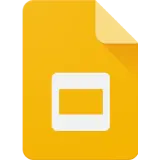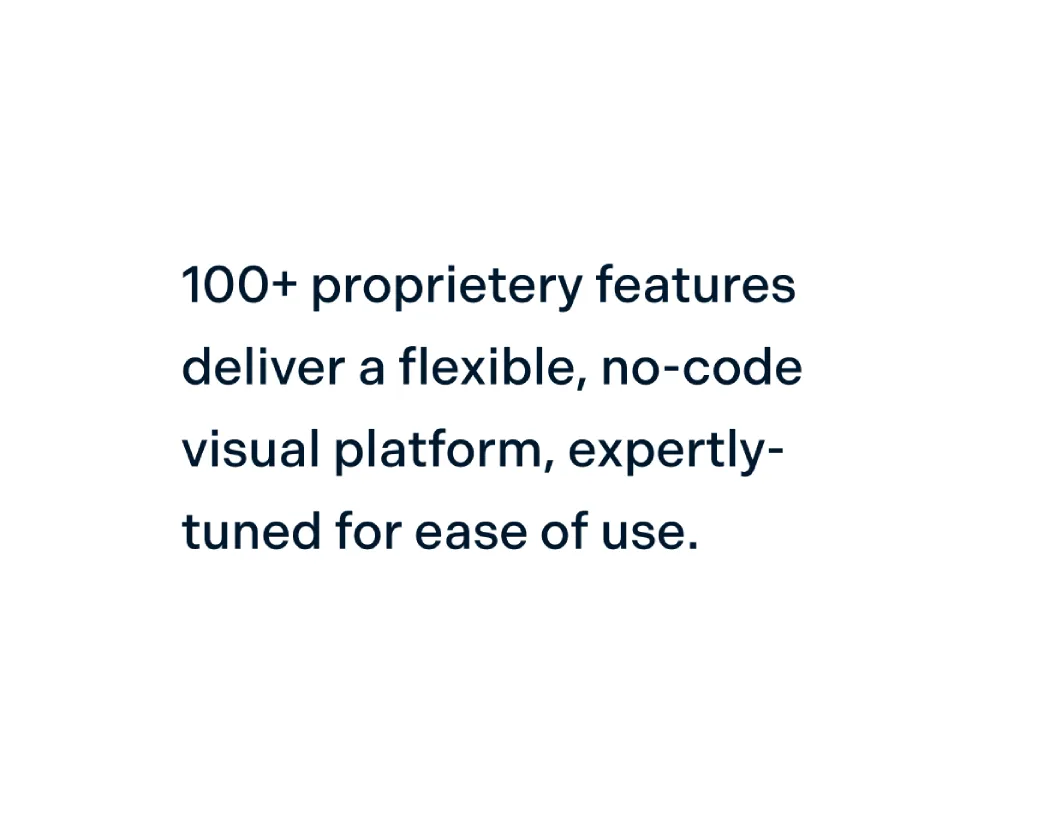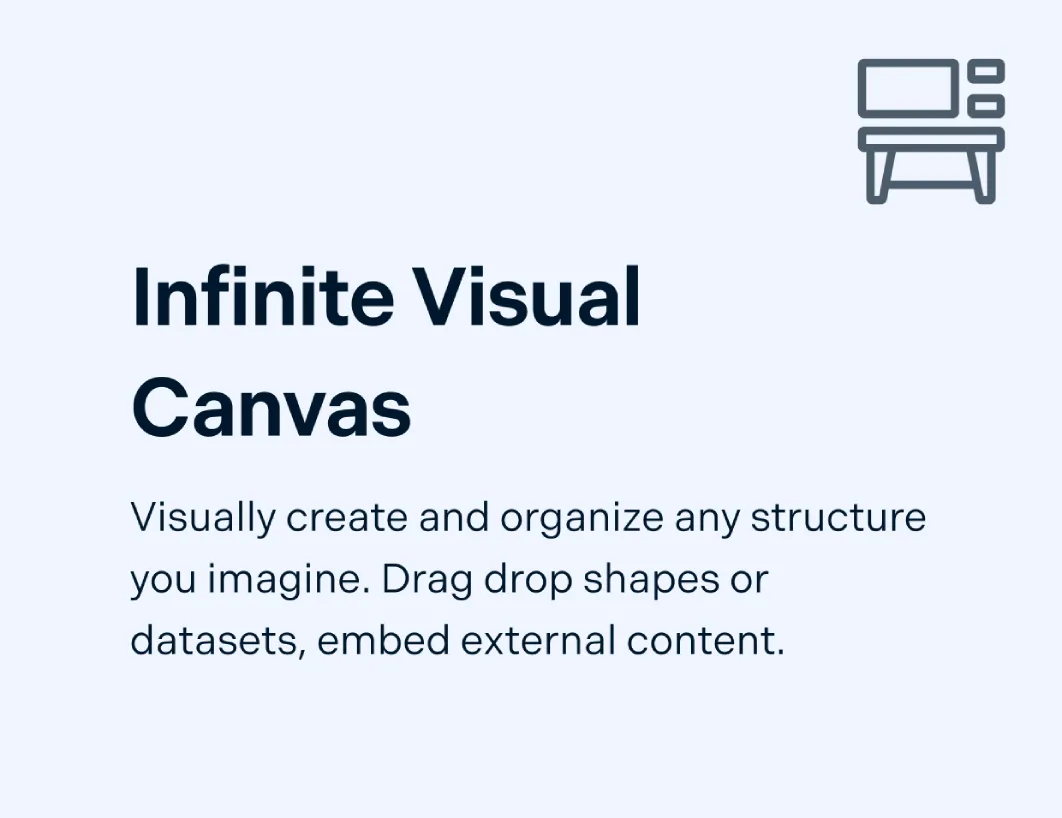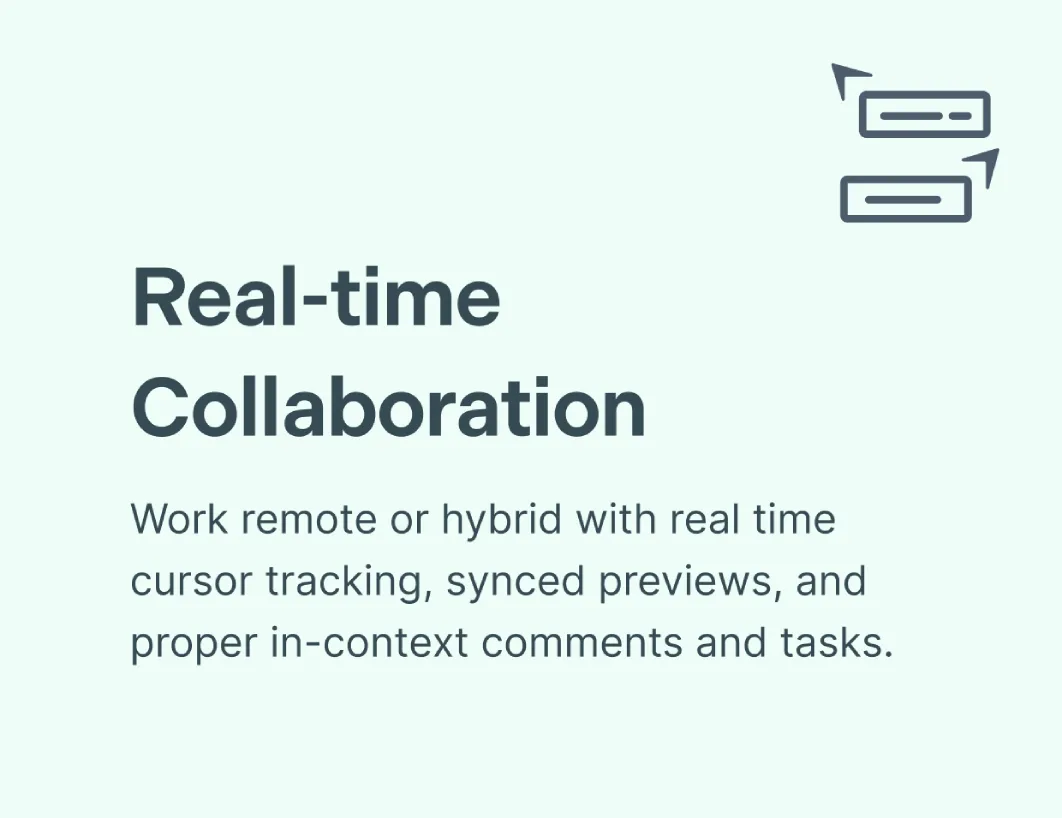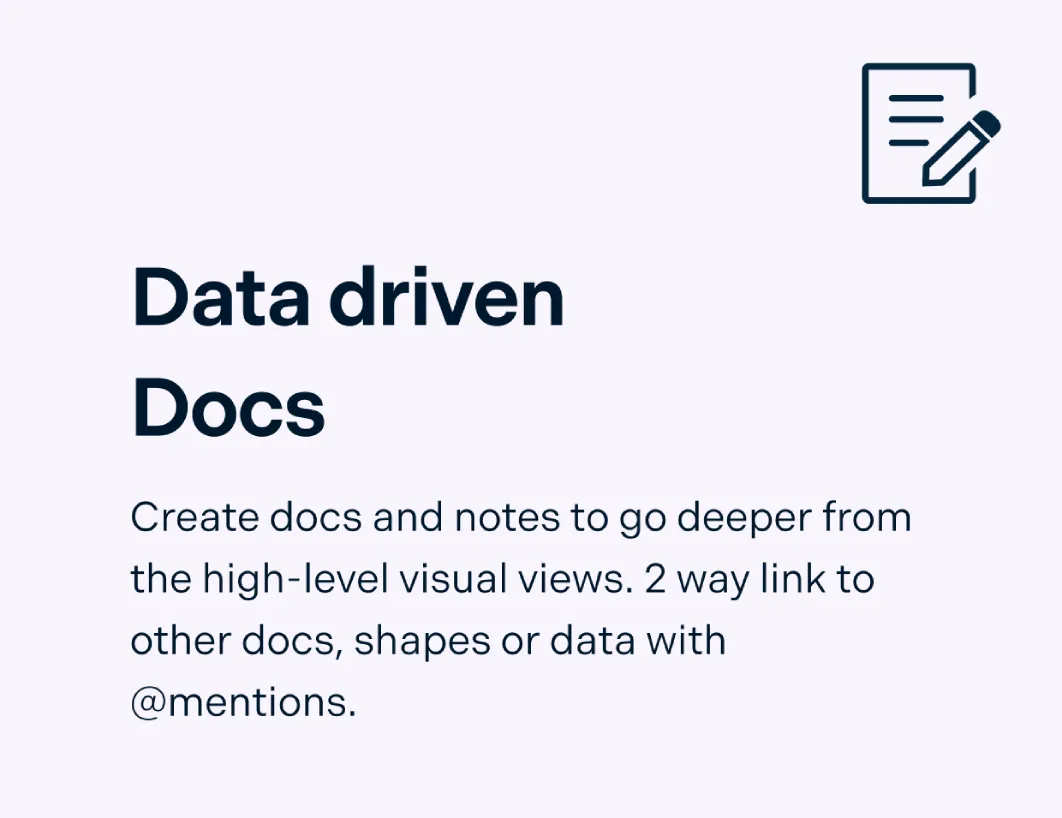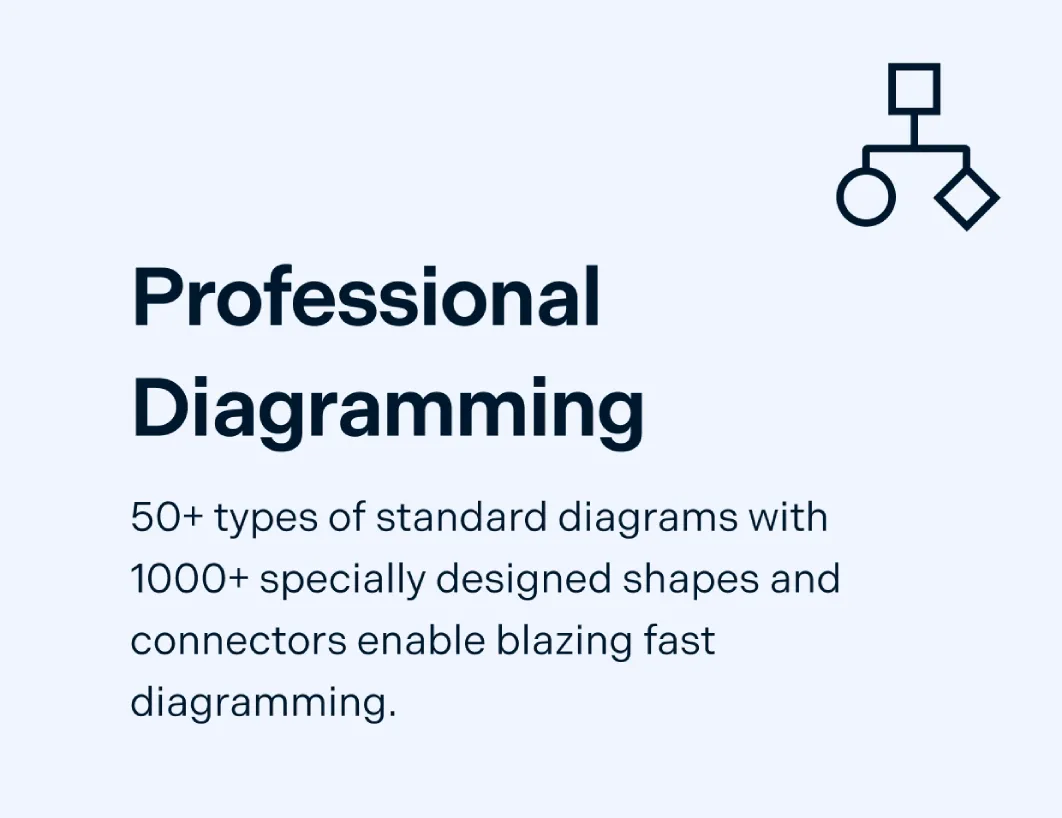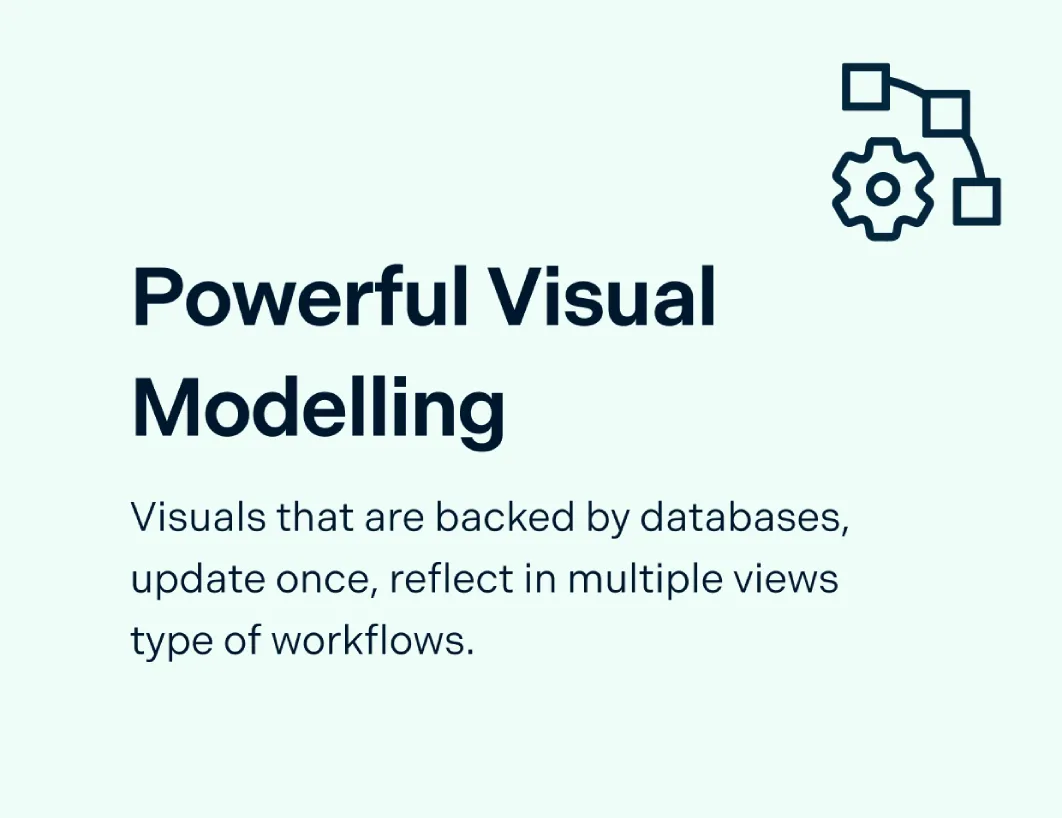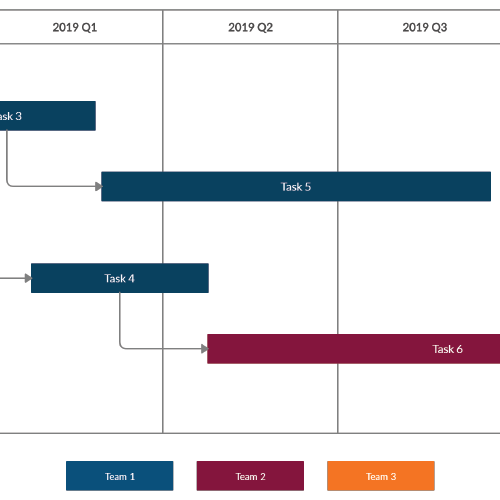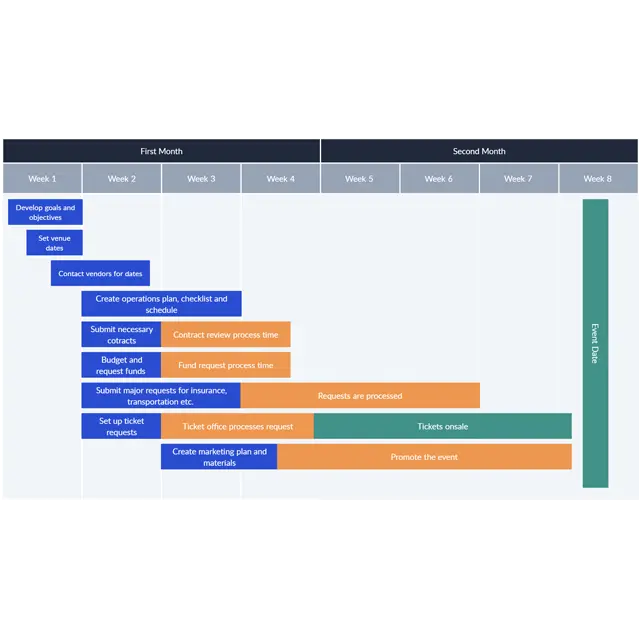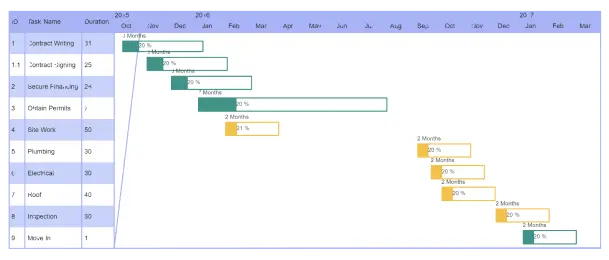Gantt Chart Maker
Visualize Project Timelines
Create timelines for any event; track and analyze your team’s projects and tasks from start to finish with Creately’s Online Gantt Charts.
Visualize your entire project on a single canvas
Real-time collaboration for planning and feedback
Style and customize Gantt charts easily
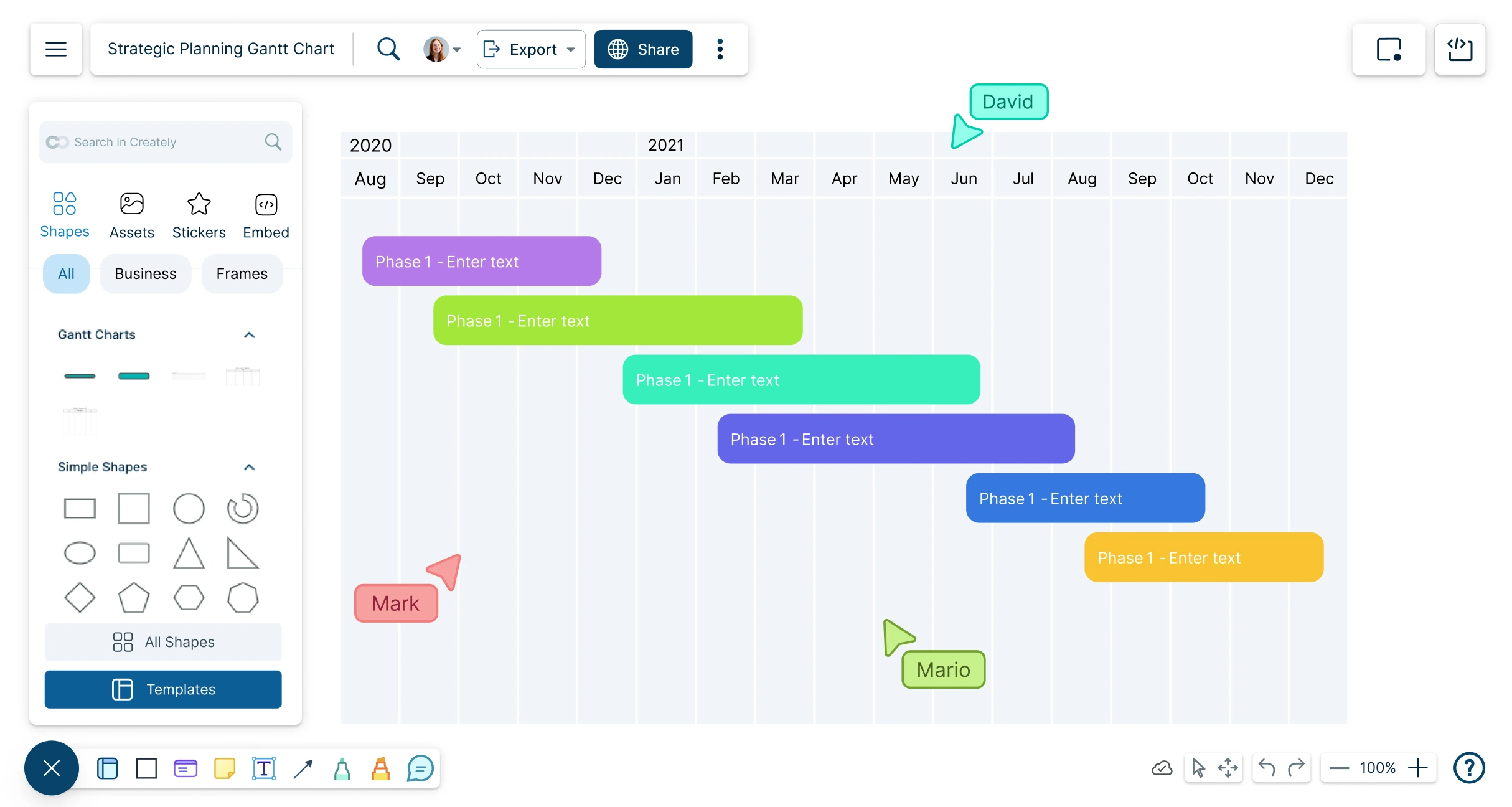
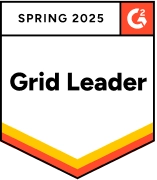 Diagramming
Diagramming Visual Collaboration
Visual Collaboration Org Chart
Org Chart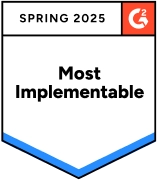


How to Create a Gantt Chart
Align Efforts and Keep Projects on Track
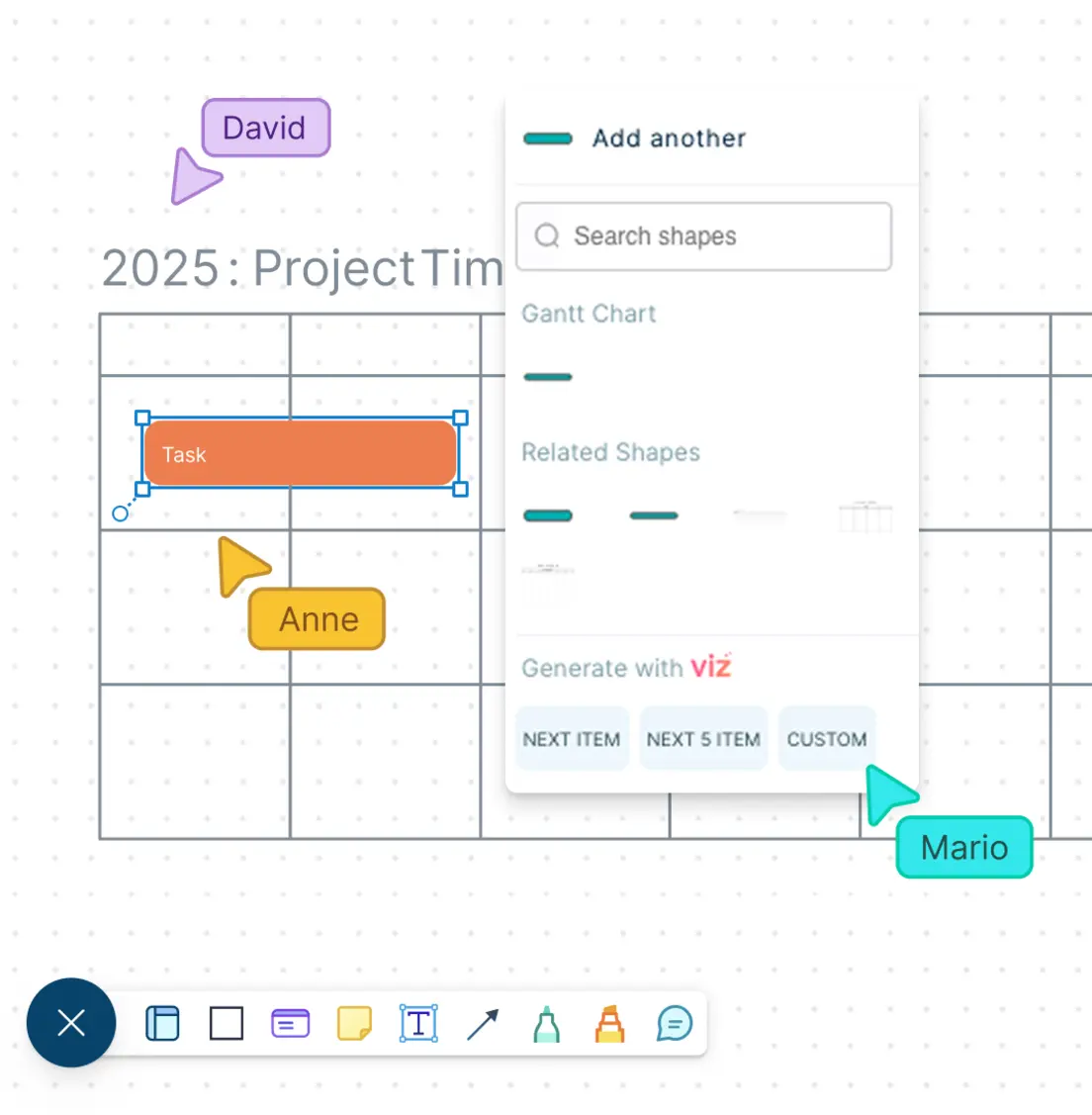
Build a working project plan by drawing it with Creately’s Gantt charts.
Drag-and-drop items to organize, actual tasks are updated automatically.
Combine with Kanban boards, priority grids or brainstorming tools to stay synced.
Add notes and attachments to tasks and milestones for additional context.

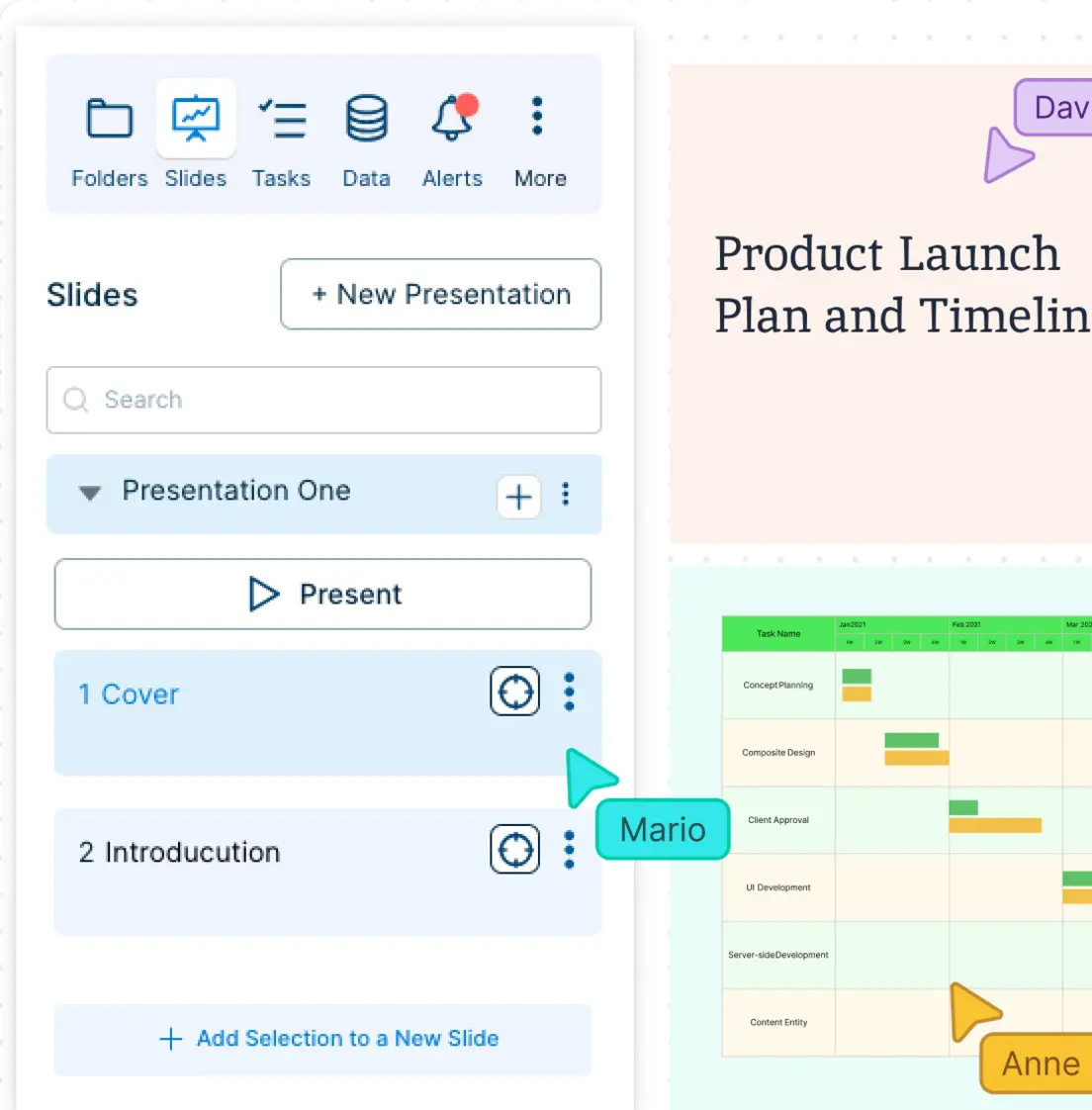
Gantt Chart Creator to Visualize Your Project - Your Way

Build presentation-ready project timelines by styling and arranging Gantt chart contents.
Use professional templates and designs to make Gantt charts online the way you want.
Build snapshots of project schedules while keeping in sync with the main project timeline.
Supercharge Meetings & Make Collective Decisions
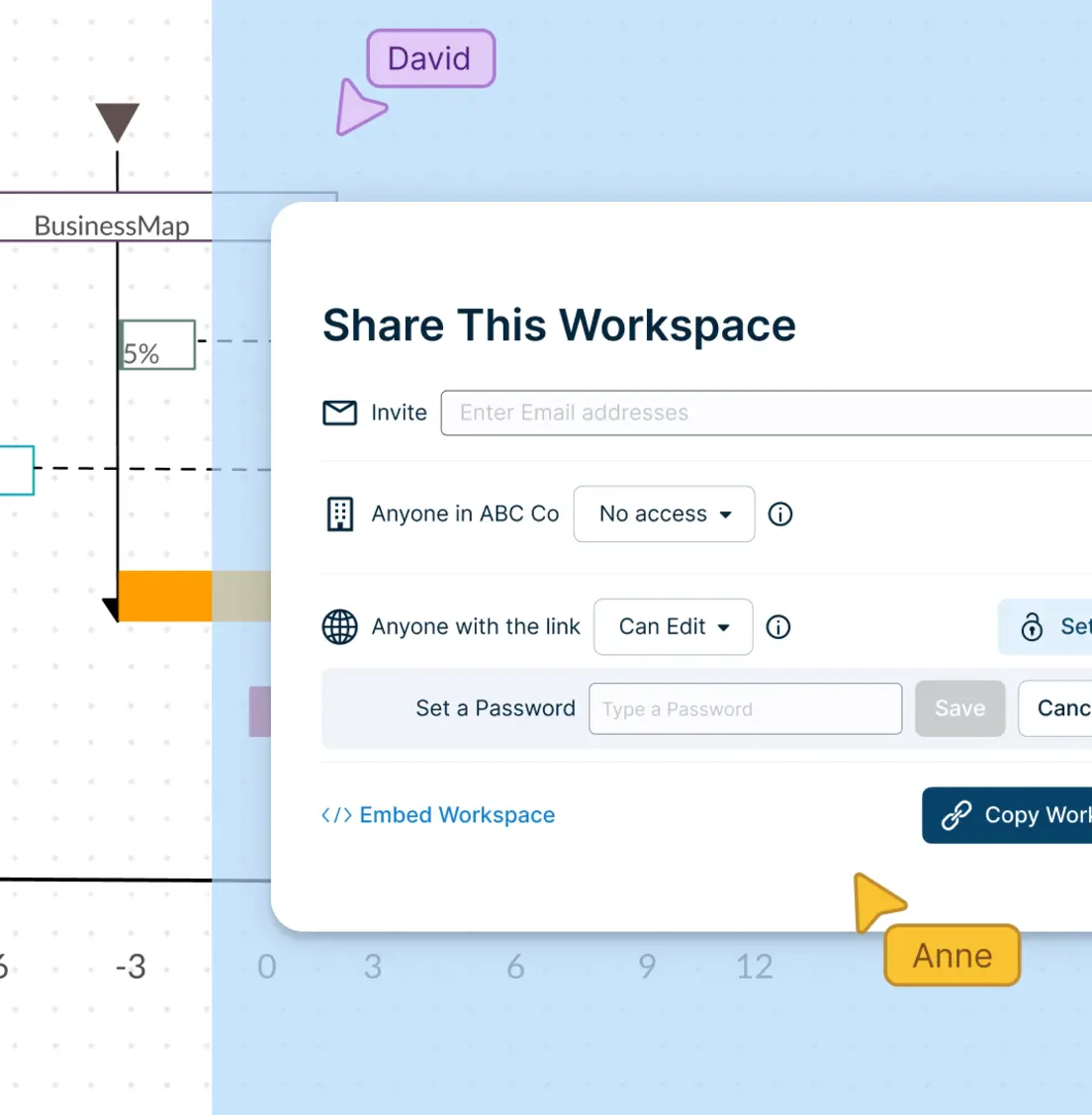
With real-time collaboration features, you’ll feel like you’re in the same room with your team.
Share, review and edit your Gantt chart with stakeholders using multiple access and role levels.
Collaborate on a shared canvas during meetings with our Gantt chart maker.
Keep track of changes or branch out from an earlier version with full version history.

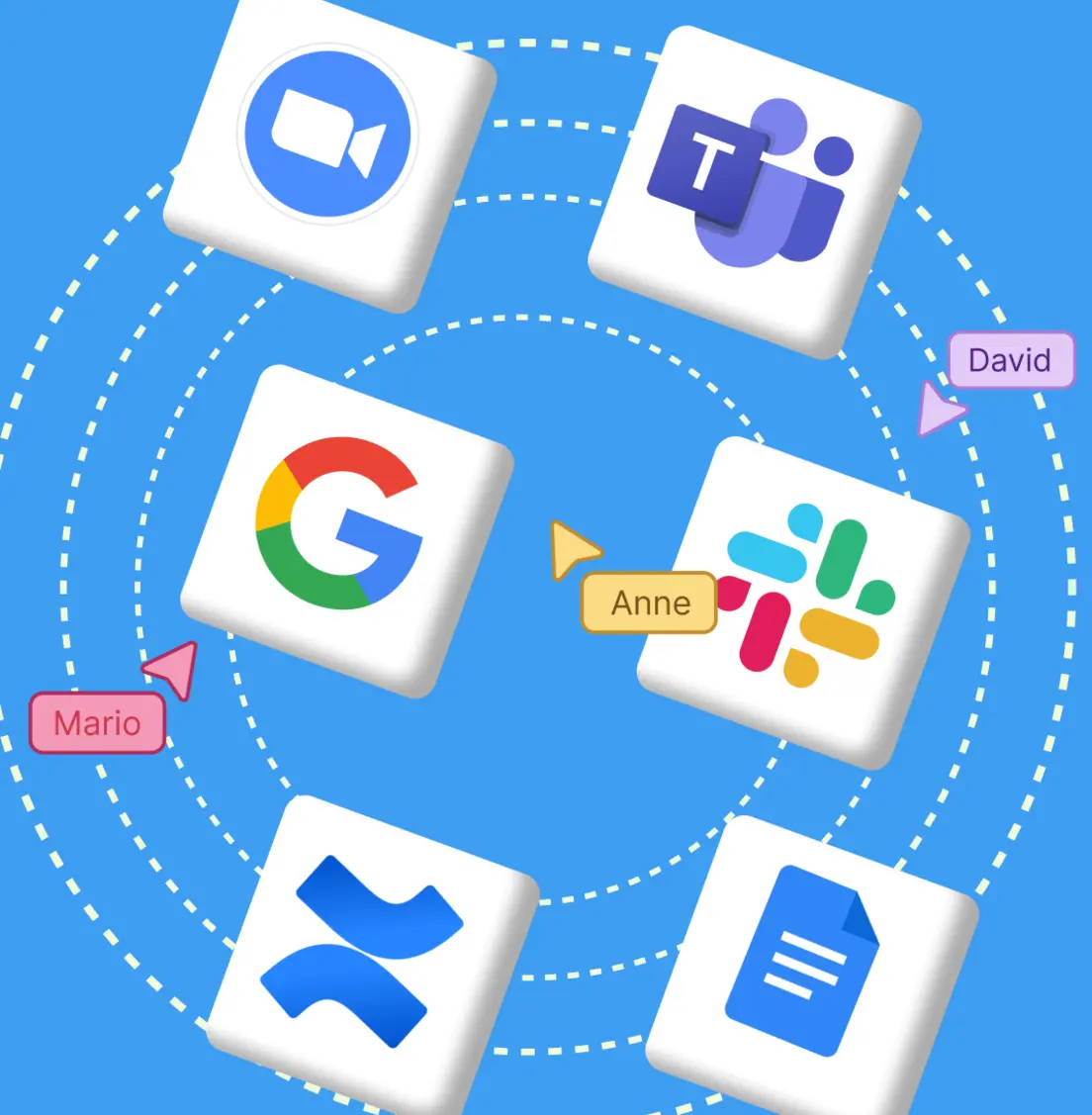
Faster, Smarter and More Transparent

Assign responsibilities, track progress and build workflows to action project plans.
Publish, present, print, or share your Gantt chart by exporting as SVGs, PDFs and PNGs.
Connect to your favorite tools with Creately plugins for Slack, Google Workspace, Confluence, and more.
What is a Gantt Chart?
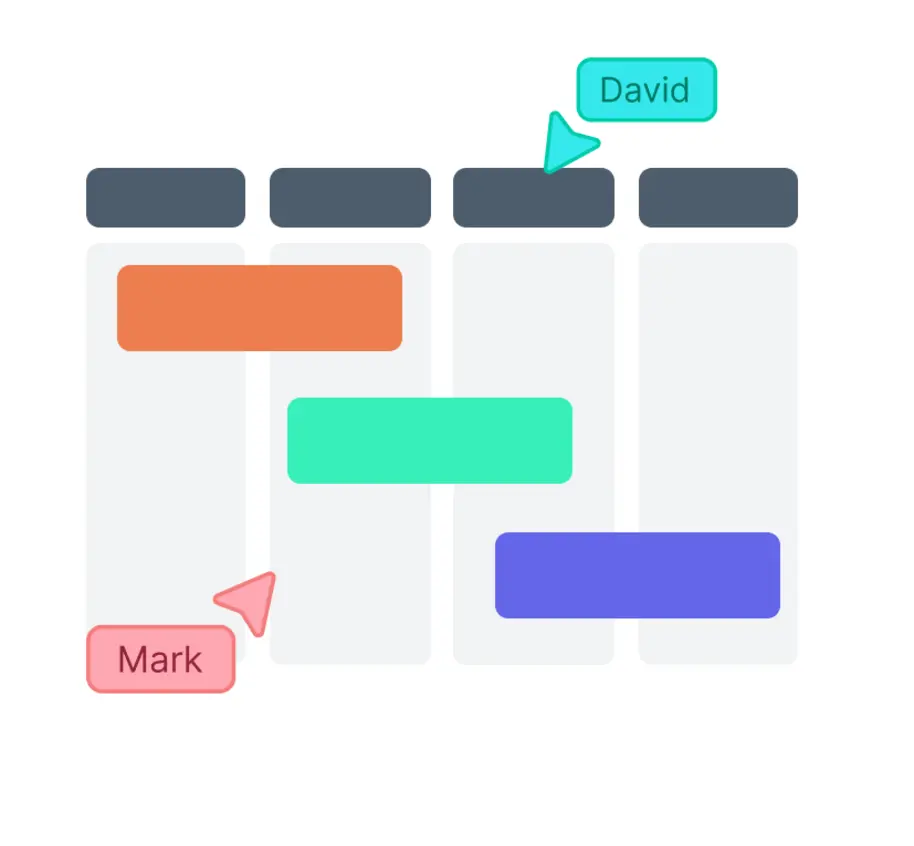
How to Make a Gantt Chart with Creately
Open a Gantt Chart Template
Launch Creately, open a workspace, and choose a Gantt chart template from the library or start with a blank canvas. Use the Notes Panel or sticky notes to define your project scope, goals, and deliverables so the whole team is aligned.
Add Project Tasks
Break down project objectives into smaller, manageable tasks and add these to the Gantt chart template. You can use brainstorming tools or a work breakdown structure (WBS) within the workspace to organize and prioritize tasks clearly.
Define Dependencies and Timelines
Connect tasks to show dependencies and set realistic durations. Draw the timeline, add milestones, and highlight critical tasks that must be completed before others can begin. This helps identify potential delays early.
Customize and Assign Tasks
Assign tasks to team members, track updates in real time, and use notifications to stay informed of changes. Use color coding for better readability of tasks.
Review, Update & Share
Regularly review progress within the workspace, mark completed tasks, and address delays with in-line comments or team discussions. Share your Gantt chart via secure links, set permissions for editing or viewing, and export it in formats like PNG or PDF for reports or presentations.
Editable Free Gantt Chart Templates
FAQs About the Online Gantt Chart Maker in Creately
Can I collaborate with my team on an online Gantt chart in Creately?
Can I print or export the Gantt chart with my teammates?
What are the advantages and disadvantages of using a Gantt chart tool?
Advantages of Gantt charts
- Clear visualization: Shows project timeline and tasks in a clear, visual format.
- Task management: Helps in tracking task progress and deadlines.
- Resource allocation: Assists in identifying resource needs and managing workloads.
- Coordination: Enhances communication and coordination among team members.
- Dependency identification: Shows task dependencies, helping to plan task sequences effectively.
Disadvantages of Gantt charts
- Complexity: Can become complicated and hard to manage for large projects.
- Time-consuming: Requires regular updates, which can be time-consuming.
- Static nature: Doesn’t adapt well to changes or unexpected events in the project.
- Detail overload: Too much detail can make the chart hard to read and follow.
- Initial setup: Can be challenging and time-intensive to set up initially.
Why should I use Creately’s Gantt Chart Builder?
What are the most important elements of a Gantt chart?
The key elements that should be included in a basic Gantt chart.
- Activities or task names are listed along the y-axis
- Project timeline is visualized on the x-axis
- The status for each task (Is the task pending, on track, delayed or completed?)
- The dependencies across the tasks
- Dates of milestones within the project’s timeline
- Critical path of the project





